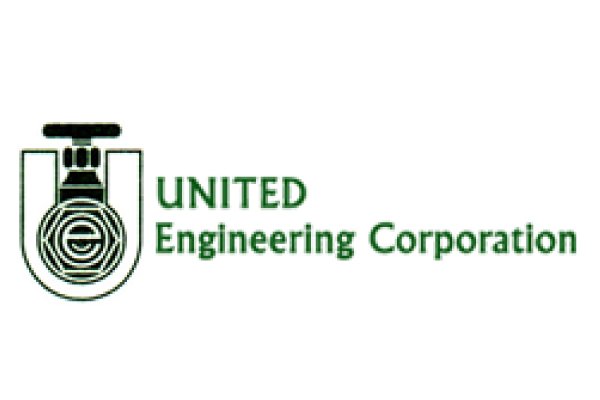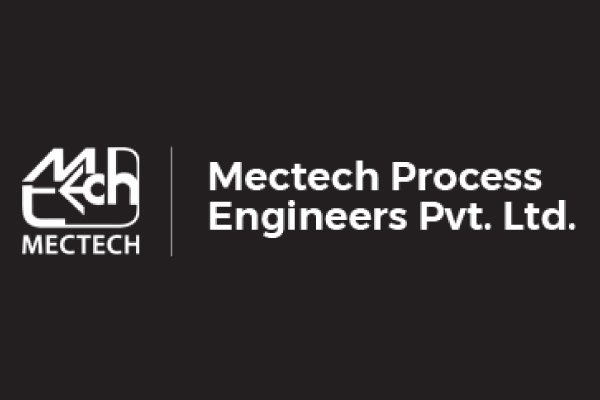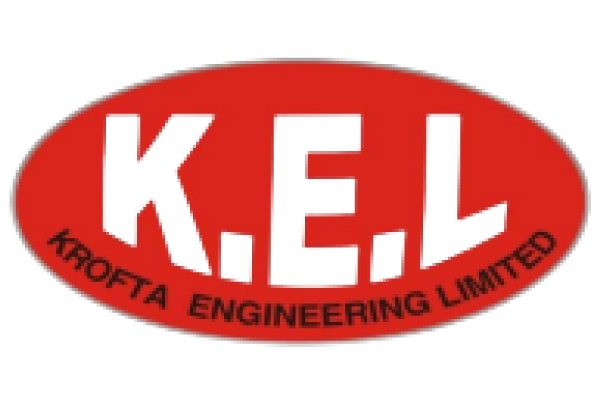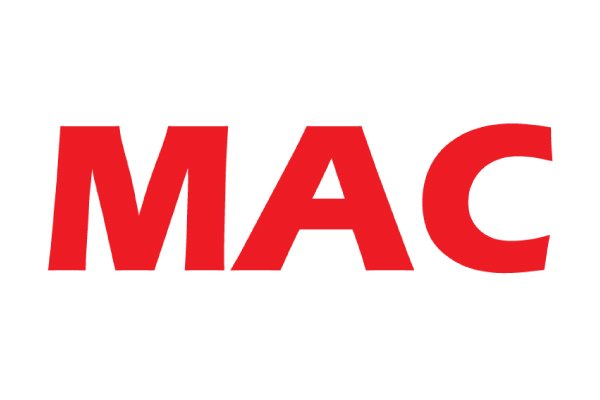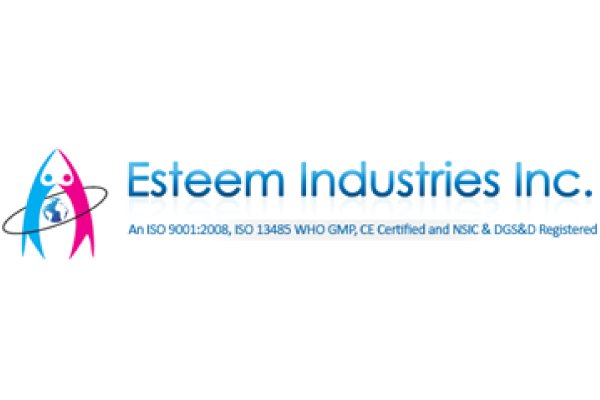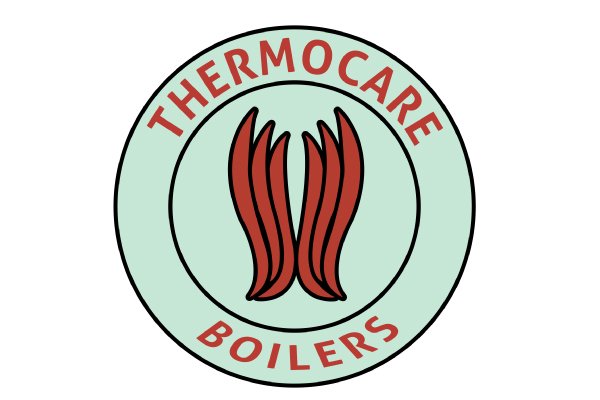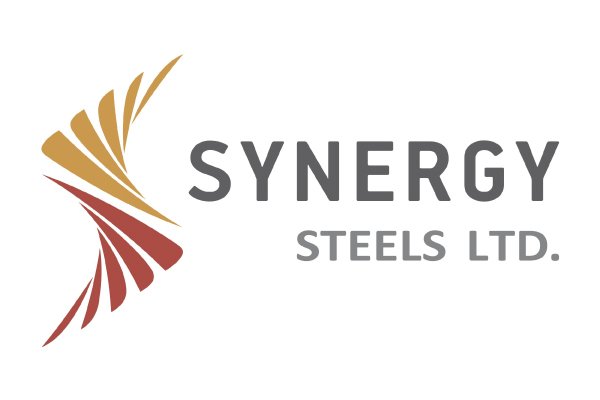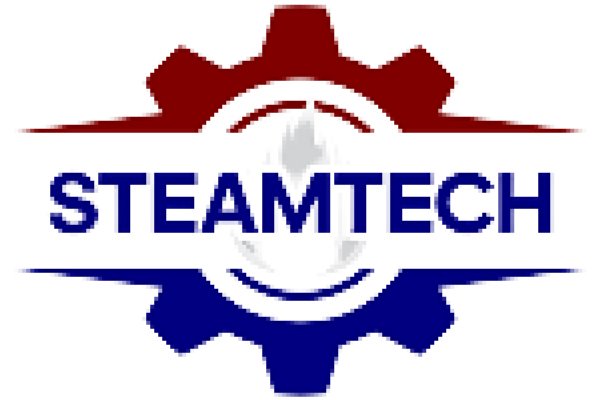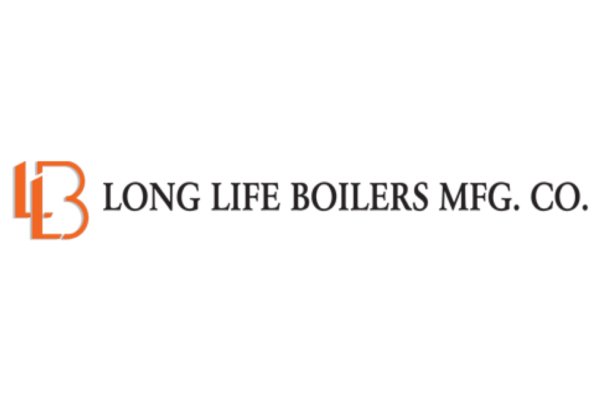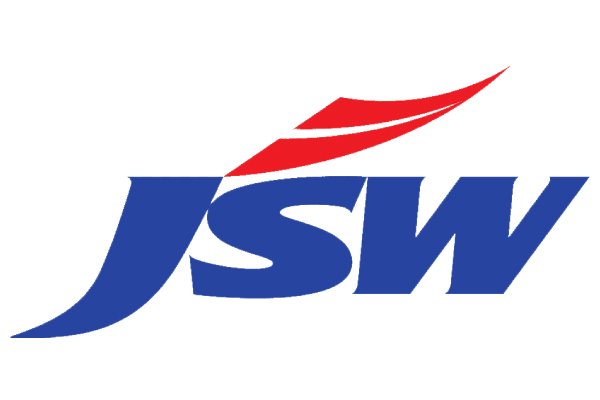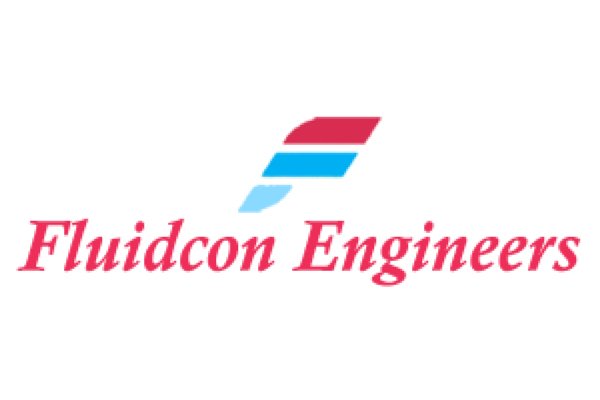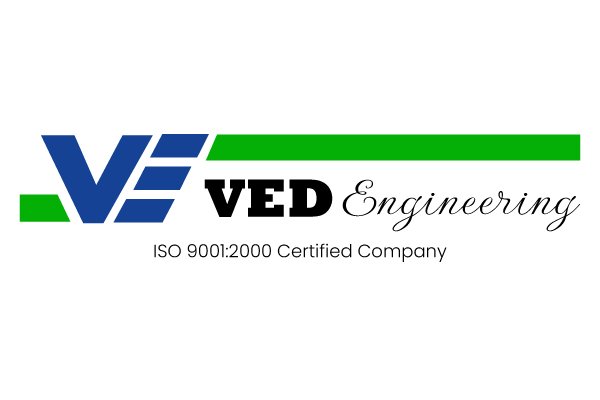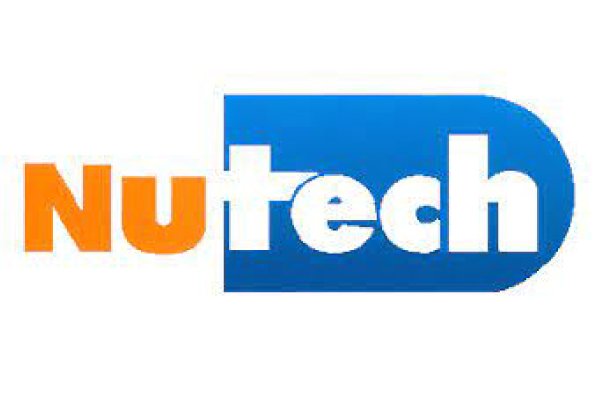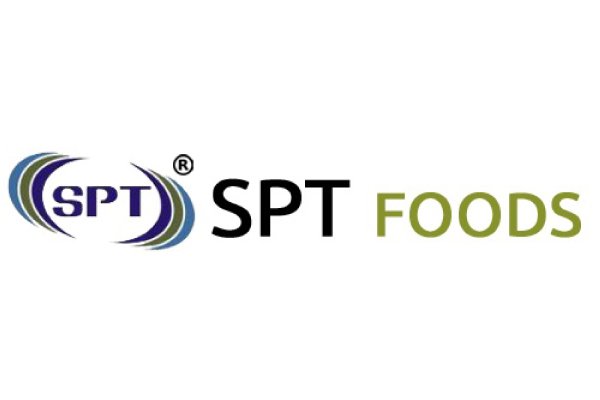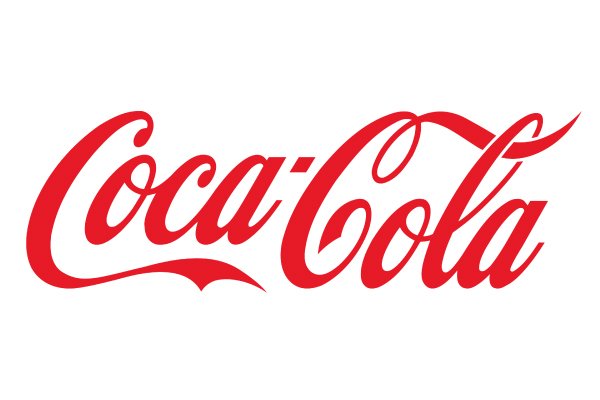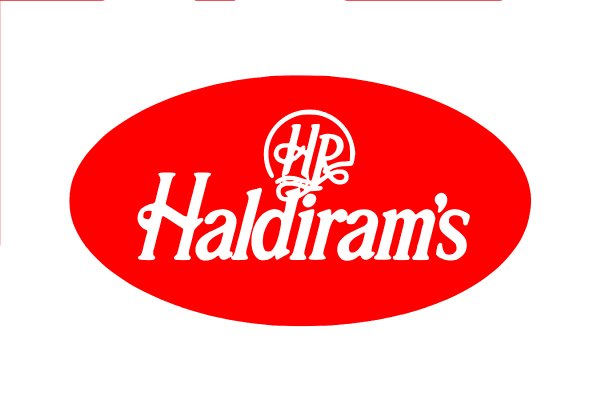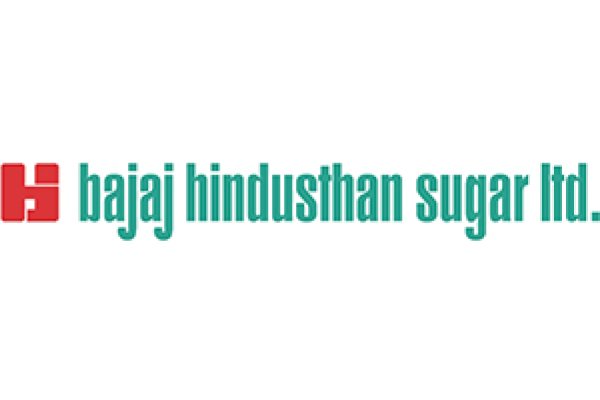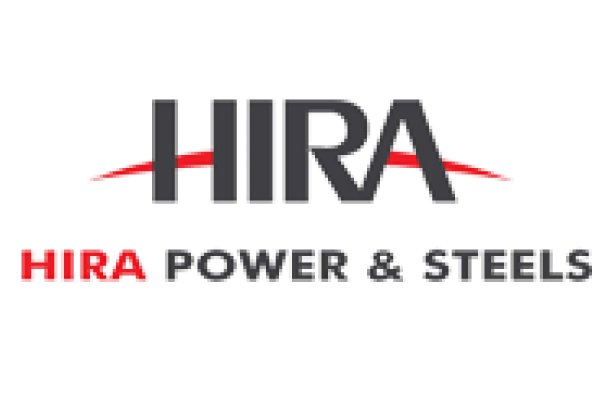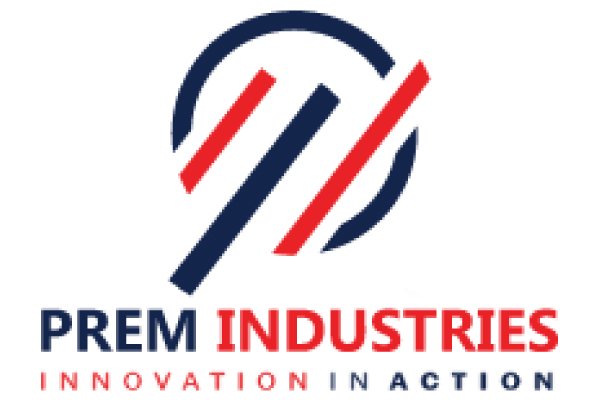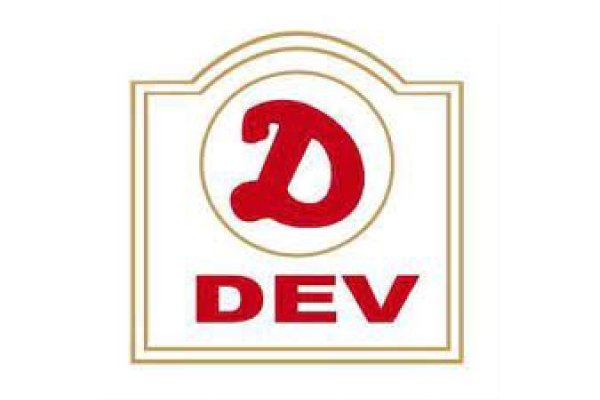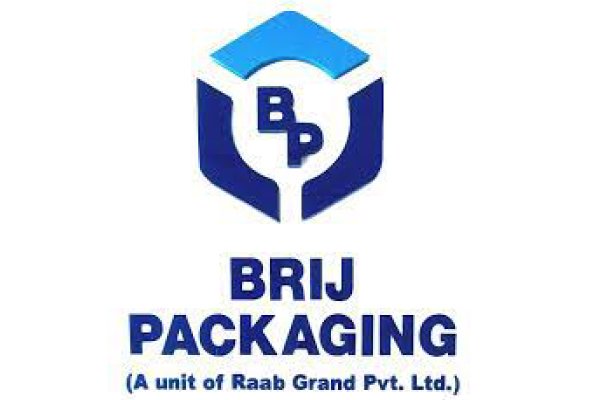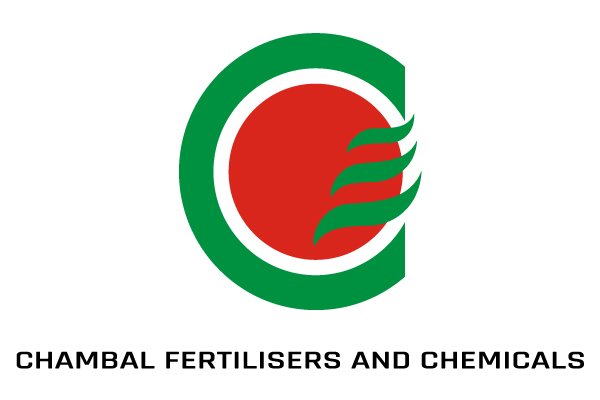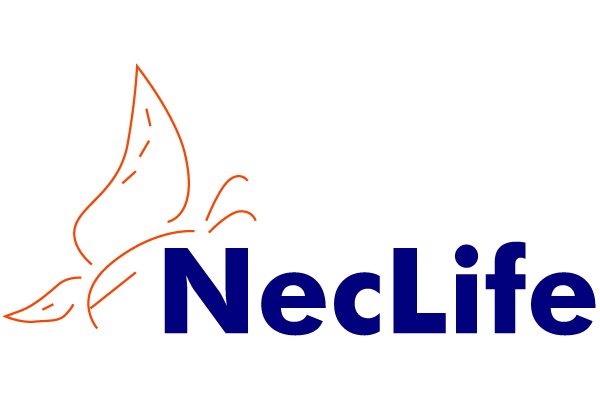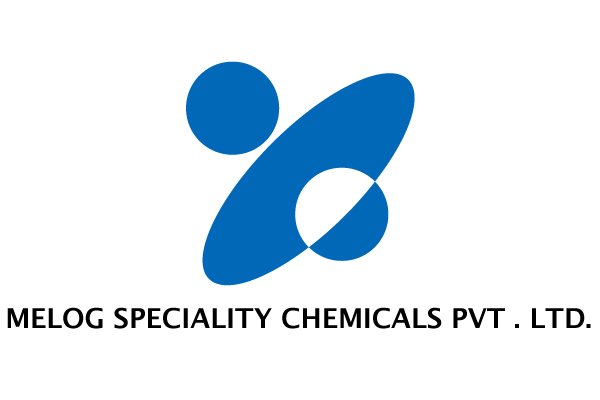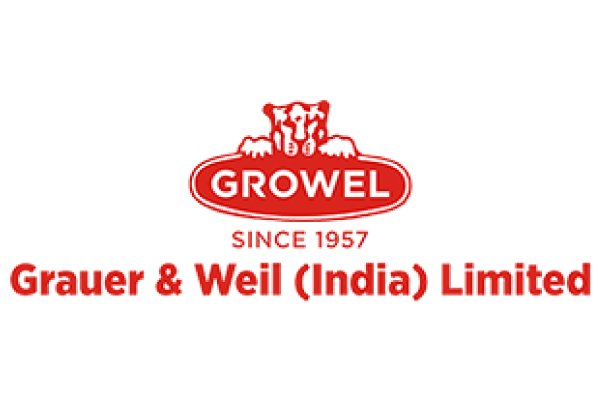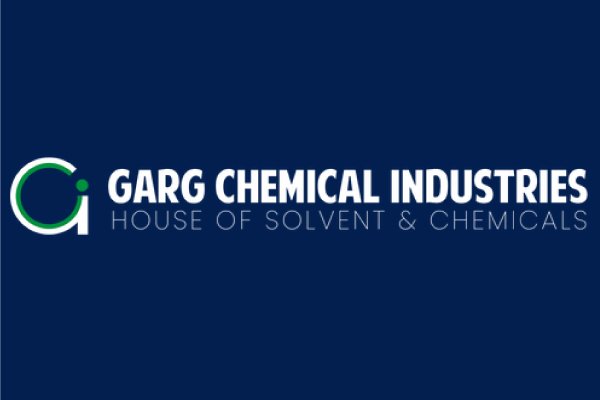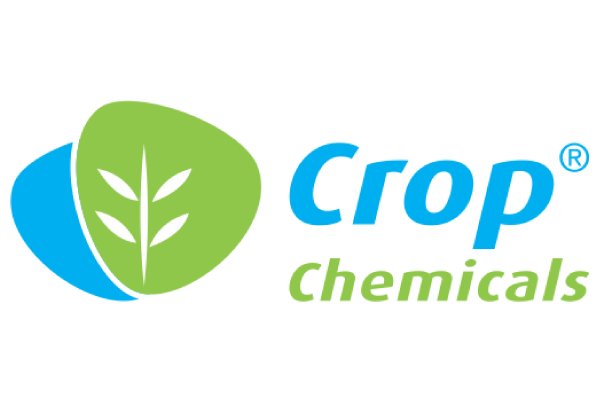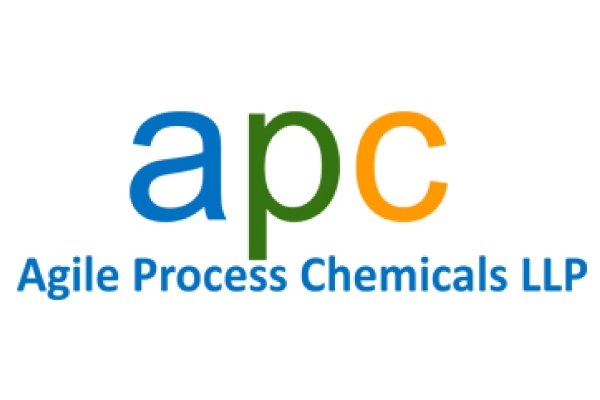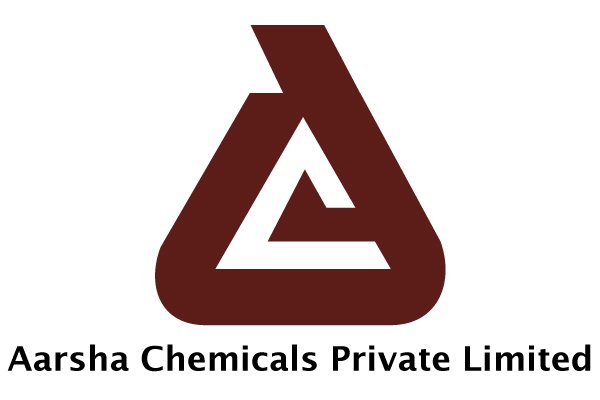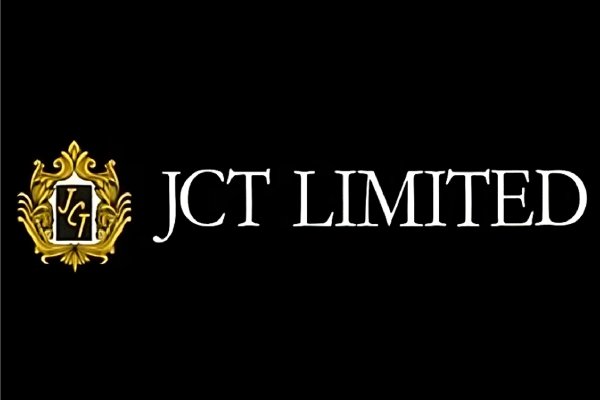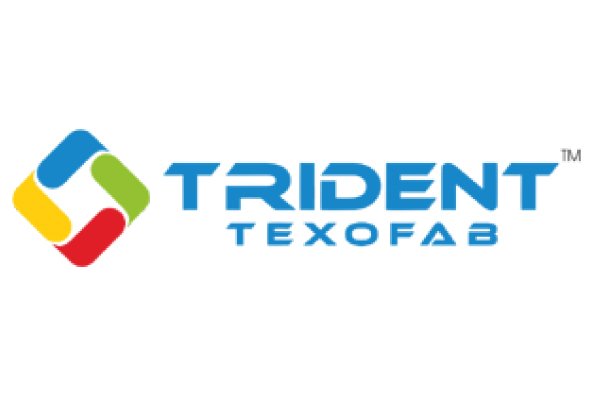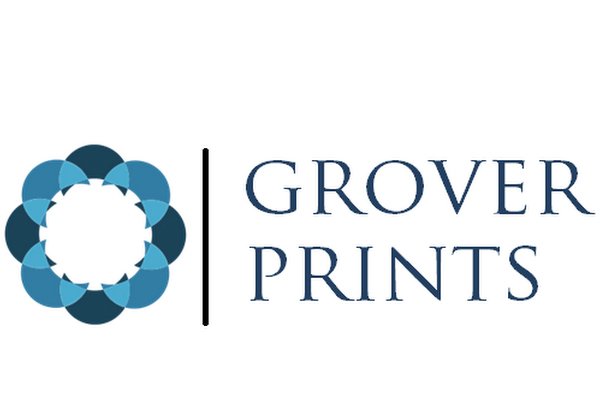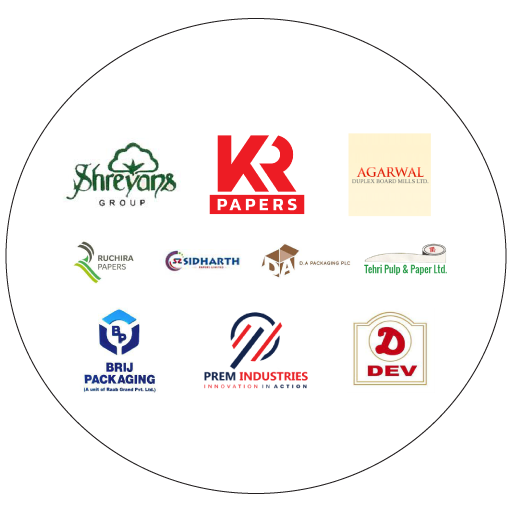Innovations in Strainer Technology: Smart & Self-Cleaning Systems for Peak Performance
- Home
- Blog

Innovations in Strainer Technology: Smart & Self-Cleaning Systems for Peak Performance
In the world of industrial processes, the humble strainer often goes unnoticed, yet its role in safeguarding equipment and maintaining system integrity is absolutely critical. For industries relying on clean fluids, from water treatment to oil and gas, traditional strainers have long been a workhorse. However, the demands of modern engineering require more – more efficiency, more reliability, and less manual intervention.
At Perfect Engineering Services, we understand that staying ahead means embracing innovation. That’s why we are excited to delve into the latest advancements in strainer technology- smart, self-cleaning systems that are revolutionizing fluid management.
The Evolution of Strainers: From Passive to Proactive
Gone are the days when a strainer was simply a mesh in a pipe, requiring manual shutdown and cleaning. Today’s innovative strainers are intelligent, autonomous, and designed to optimize performance and reduce operational costs.
1. Advanced Self-Cleaning Mechanisms
The most significant leap in strainer technology is the proliferation of sophisticated self-cleaning mechanisms. These systems eliminate the need for manual cleaning, reducing downtime and labor costs while ensuring continuous operation.
Automated Backwashing
This classic method has been refined with smart controls. When a pre-set pressure differential is detected, a small portion of the filtered fluid is reversed through the straining element, dislodging accumulated debris and flushing it out through a dedicated drain. Modern systems allow for customizable backwash cycles, optimizing water usage and cleaning effectiveness.
Mechanical Wipers/Brushes
For more viscous fluids or sticky contaminants, strainers equipped with internal rotating brushes or wipers physically scrub the screen clean. These systems can be activated intermittently or continuously, depending on the application, providing highly effective cleaning without interrupting the main flow.
Ultrasonic Cleaning
A cutting-edge innovation, ultrasonic cleaning uses high-frequency sound waves to create microscopic bubbles that implode, dislodging even the finest particles from the straining element. This non-invasive method is particularly effective for delicate membranes or where minimal waste is paramount.
2. Sensor-Based Differential Pressure Monitoring
What makes these self-cleaning systems truly “smart” is their integration with advanced sensor technology. Differential pressure monitoring is the key to their intelligent operation.
Real-time Insights:
High-precision pressure sensors continuously monitor the pressure difference across the strainer element. As contaminants accumulate, this differential increases, signaling that the strainer is becoming clogged.
Predictive Maintenance:
Instead of relying on scheduled cleaning, which can be inefficient, sensor data allows for on-demand cleaning cycles. This not only saves energy and resources but also prevents potential system damage due to excessive pressure buildup.
Remote Monitoring & Integration:
Modern systems can transmit data to SCADA or DCS systems, allowing operators to monitor strainer performance remotely. Alerts can be configured for critical pressure levels, enabling proactive intervention and troubleshooting. This level of control provides unparalleled operational visibility and efficiency.
3. Corrosion-Resistant Materials
The effectiveness of any strainer ultimately depends on the durability of its materials, especially in corrosive or high-temperature environments. Innovations in material science have led to strainers that can withstand the most aggressive conditions.
Advanced Stainless Steels:
Beyond standard 304 and 316 stainless steel, specialized alloys like Duplex and Super Duplex stainless steels offer superior resistance to pitting, crevice corrosion, and stress corrosion cracking, making them ideal for seawater, chemical processing, and acidic applications.
Exotic Alloys:
For extremely aggressive media, materials like Hastelloy, Monel, and Titanium are increasingly being utilized. These alloys provide exceptional corrosion resistance and mechanical strength, extending the lifespan of strainers and ensuring reliable performance in the harshest industrial settings.
The Benefits for Your Operations
Implementing smart and self-cleaning strainer systems brings a host of advantages to your industrial processes viz
Reduced Downtime: Automated cleaning means continuous operation, maximizing productivity.
Lower Operational Costs: Significant savings on labor for manual cleaning and reduced consumption of flushing water.
Extended Equipment Life: Protection of downstream equipment from damaging particles, leading to fewer repairs and replacements.
Improved Process Efficiency: Consistent flow rates and stable pressure differentials contribute to optimized system performance.
Enhanced Safety: Eliminates the need for personnel to interact with potentially hazardous fluids during cleaning.
Why Partner with Perfect Engineering Services
At Perfect Engineering Services, we are committed to providing our clients with the most advanced and reliable fluid management solutions. We specialize in designing, supplying, and installing cutting-edge strainer technologies tailored to your specific industrial needs. Our expertise ensures that you benefit from the latest innovations in self-cleaning mechanisms, intelligent monitoring, and robust material selection.
Embrace the future of fluid filtration with smart and self-cleaning strainers.
Contact us today to learn how these innovations can transform your operations, enhance efficiency, and secure your system’s peak performance for years to come.






